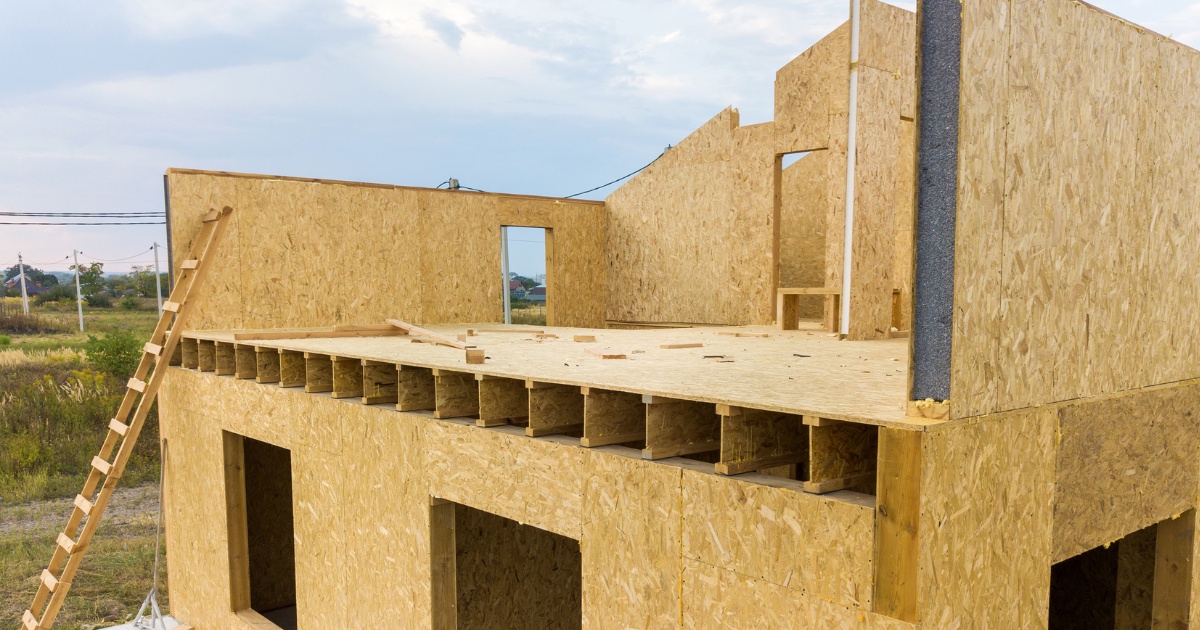Prefab construction, also known as prefabricated construction, is revolutionizing the way we build structures. This innovative approach involves assembling components off-site and then transporting them to the construction site for final assembly. From residential homes to commercial buildings, prefab construction offers numerous benefits, including cost-effectiveness, efficiency, and sustainability. In this comprehensive guide, we will delve into the intricacies of prefab construction and explore its various aspects.
Understanding Prefab Construction
Prefab construction encompasses a wide range of techniques and methodologies aimed at streamlining the building process. From modular construction to panelized construction, prefab techniques vary based on the specific necessary of the project. By prefabricating components in a controlled environment, construction time is notably reduced, leading to faster project completion and reduced labor costs.
Advantages of Prefab Construction
- Cost-Effectiveness: Prefab construction can be more cost-effective than traditional construction methods due to reduced material waste and labor costs.
- Speed of Construction: Prefabricating components off-site allows for simultaneous site preparation and assembly, resulting in faster construction timelines.
- Quality Control: Prefab construction enables strict quality control measures to be implemented during the manufacturing process, making certain consistency and precision in the final product.
- Sustainability: By optimizing material usage and reducing construction waste, prefab construction promotes sustainability and environmental responsibility.
Types of Prefab Construction
Modular Construction
Modular construction involves constructing entire sections of a building, known as modules, off-site. These modules are then moved to the construction site and assembled into the final structure. This approach is ideal for projects requiring rapid deployment and scalability.
Panelized Construction
Panelized construction involves prefabricating wall panels, floor panels, and roof trusses off-site. These panels are then moved to the construction site and assembled into the building's framework. Panelized construction offers flexibility and customization options while streamlining the construction process.
Challenges and Considerations
While prefab construction offers numerous benefits, it also poses certain challenges or considerations that need to be addressed:
- Design Limitations: Prefab construction may impose design limitations due to standardized module sizes and assembly techniques. Designers must work within these constraints to achieve the desired outcome.
- Transportation Logistics: Transporting prefabricated components to the construction site requires careful planning and coordination to ensure timely delivery and avoid logistical challenges.
- Site Preparation: Proper site preparation is essential for successful prefab construction, including foundation installation, utilities hookup, and access for delivery trucks.
Prefab Construction: A Sustainable Solution
Prefab construction aligns with the principles of sustainability by minimizing construction waste, optimizing material usage, and reducing energy consumption. By embracing prefab techniques, builders can contribute to environmental conservation efforts while delivering high-quality structures that meet the needs of modern society.
FAQs (Frequently Asked Questions)
- How does prefab construction differ from traditional construction methods? Prefab construction involves assembling components off-site, whereas traditional construction methods involve on-site assembly from raw materials.
- Is prefab construction suitable for all types of buildings? While prefab construction is versatile, it may not be suitable for highly customized or architecturally complex structures.
- What are the cost implications of prefab construction? Prefab construction can be more cost-effective than traditional methods due to reduced labor costs and faster construction timelines.
- Are prefab buildings durable and reliable? Yes, prefab buildings are engineered to meet rigorous safety and quality standards, ensuring durability and reliability.
- Can prefab construction be customized to suit specific design requirements? Yes, prefab construction offers a range of customization options, including architectural finishes, interior layouts, and structural configurations.
- How can I incorporate prefab construction into my next building project? To incorporate prefab construction into your project, consult with experienced prefab builders and explore the available options based on your particular needs and requirements.
Prefab construction represents a paradigm shift in the building industry, offering a faster, more efficient, and sustainable alternative to traditional construction methods. By embracing prefab techniques, builders can unlock new opportunities for innovation and creativity while meeting the growing demand for cost-effective and environmentally friendly construction solutions.


No comments yet